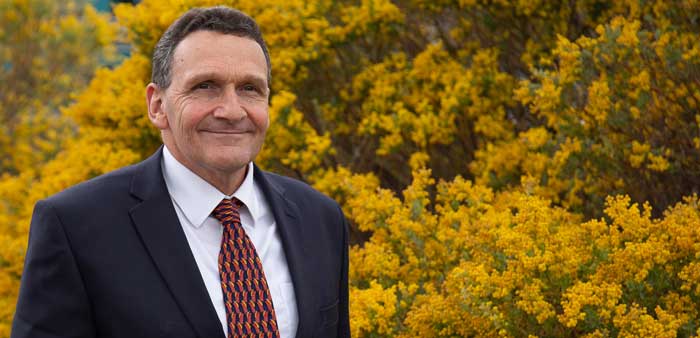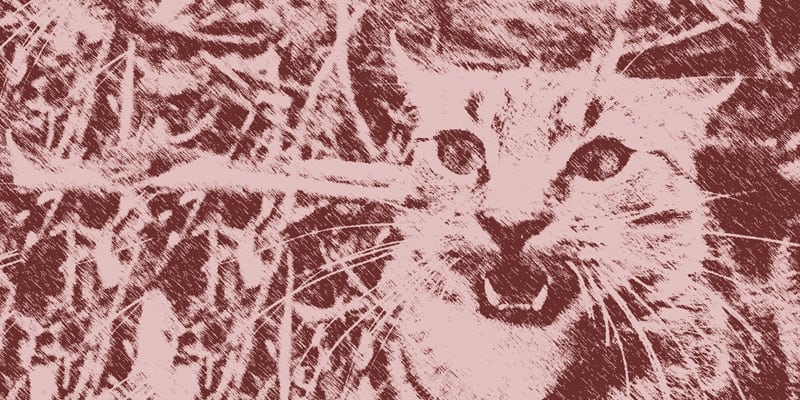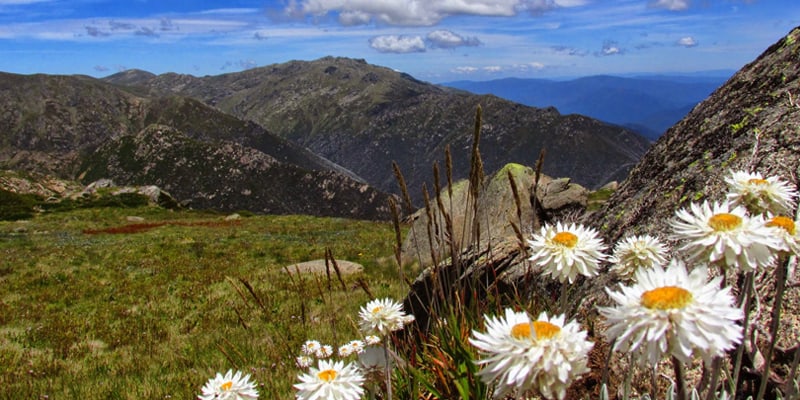
Join us for a very special evening in Melbourne next Monday with Australia’s first ever Chief Environmental Biosecurity Officer, Ian Thompson.
Ian was appointed to the role in October last year and has been charged with taking the lead on environmental biosecurity in Australia.
Ian will talk about his new job for about 40 minutes before taking questions.
When: Monday 28 October 2019, starting at 6.30pm.
Where: Burke and Wills Room, Royal Society of Victoria, 8 La Trobe Street, Melbourne.
Refreshments will be provided. We would like to thank the generous support of The Royal Society of Victoria for hosting this event.
BOOK NOW >>
Staving off extinctions
Recently it was revealed that Australia is facing an invasive species led extinction crisis. More than 80 per cent of our most vulnerable native plants and animals are being driven to extinction by feral animals, weeds and diseases.
Ian’s new role is critical if Australia is to stave off a wave of extinctions driven by invasive species.
Among Ian’s priorities are to:
- Build and maintain relationships with the environmental sector.
- Finalise the national priority list of exotic environmental pests and diseases.
- Be the national point of notification for environmental pest and disease detections under the National Environmental Biosecurity Response Agreement.
- Develop a formal arrangement with the Department of the Environment and Energy.
- Design and deliver expenditure of the annual $825,000 project fund.
His work within the federal Department of Agriculture is aimed at ensuring Australia’s environmental and community biosecurity risks are better identified and prioritised. It will also improve environmental biosecurity preparedness, surveillance and response capacity.




